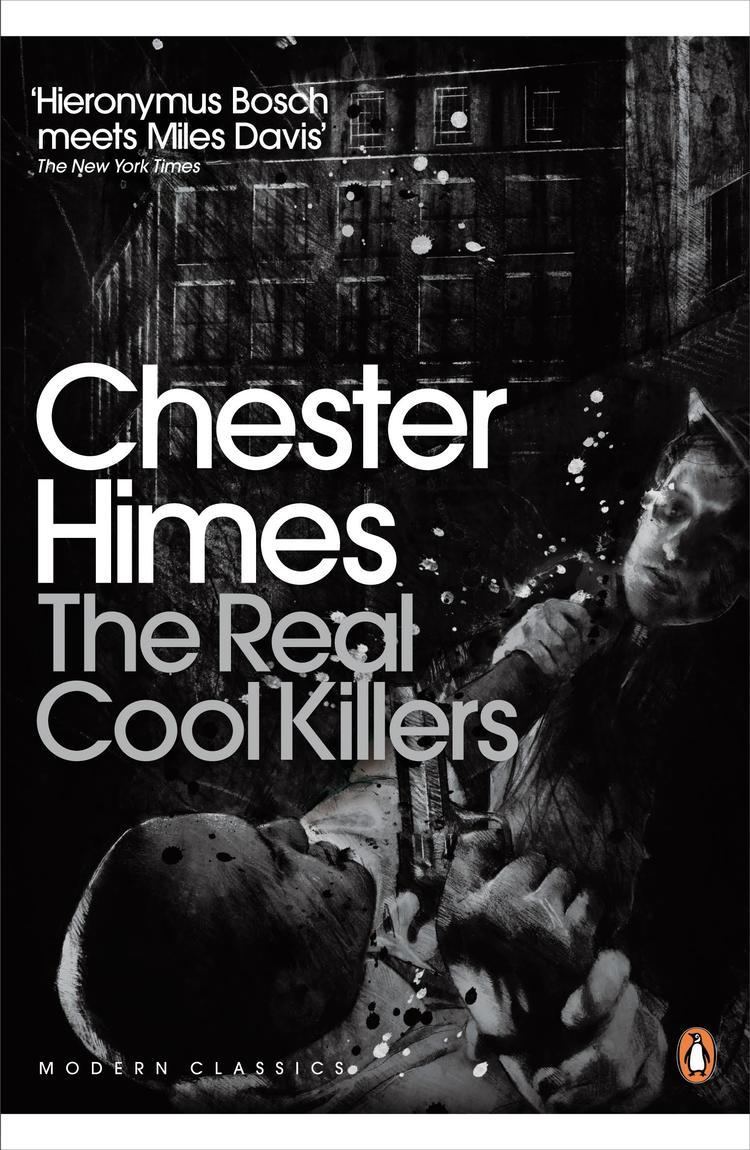7.8 /10 1 Votes7.8
Cover artist Terrance Cummings Language English Originally published 1958 Preceded by The Five Cornered Square Publisher Avon | 3.9/5 Goodreads Country United States Publication date 1959 Followed by The Crazy Kill | |||||||||||||||||||||||||||||||||
 | ||||||||||||||||||||||||||||||||||
Original title Il pleut des coups durs Series Grave Digger Jones & Coffin Ed Johnson Mysteries Similar Chester Himes books, Harlem Detective books, Hardboiled books | ||||||||||||||||||||||||||||||||||
The Real Cool Killers is a Hardboiled Crime Fiction novel written by Chester Himes. Published in 1959, it is the second book in the Grave Digger Jones & Coffin Ed Johnson Mysteries. The protagonists of the novel, Grave Digger Jones and Coffin Ed, are a pair of black detectives who patrol the dangerous slums of Harlem. The book was originally published in French under the title Il pleut des coups durs.
Contents
For booker ervin the real cool killers parades and saints
Plot
The plot concerns the murder of Ulysses Galen, who was found dead in one of the streets of Harlem. Detectives Grave Digger Jones and Coffin Ed Johnson must investigate the murder and follow up various leads as to who might have had a reason to kill Galen.
Reception
In a brief review of The Real Cool Killers, The New York Times described crime novels as "guilty pleasures for the guilty minded". In another brief review, Berkeley scientist John McDonald commented on the book's racial tension, praising the book's "dark wit."
Literary criticism
The Real Cool Killers has been subject of literary criticism, most notably for its depiction of African-American characters Grave Digger Jones and Coffin Ed Johnson. Digger especially is seen vocalizing his feelings over the murders and the indifference from the authorities. In her book At Home in Diaspora: Black International Writing, Wendy Walters describes the book's two detectives as "viable folk heroes for the urban community". Megan Abbott analyzed the book in The Street Was Mine, noting the depiction of Galen and how it differed from other depictions of white men in books such as Farewell, My Lovely, and how Himes "moves black male characters from representations peripheral and stereotypical (as icons of degeneration or service industry employees) to the center". In "Born in a Mighty Bad Land" Jerry H Bryant wrote "There is ... a kind of clinical as well as cultural element in Himes's treatment of the violent man in the Harlem of the fifties and sixties".
